
Familiar fruits and veggies didn’t always look and taste the way we know about it.Genetically modified foods, inspire strong reactions nowadays, but humans have been adjusting the genetics of our favourite produce.And while the process of genetically modifying certain food is rather recent, humans have been playing around with crop cultivation for centuries.
Some fruits and vegetables featured here show a variety of edible plants that could be considered a great-great-great-great-grandpa of the modern-day equivalent. From bananas to eggplant, here are some of the foods that looked totally different before humans first started growing them for food.
Watermelon
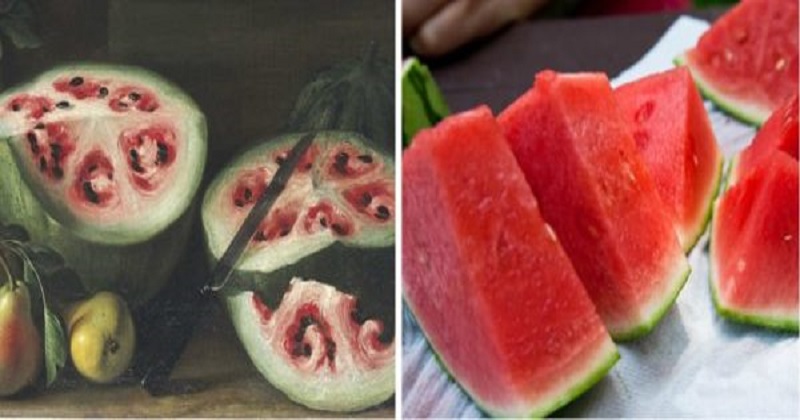
Over time, humans bred watermelons to be much more appealing and mouth-watering. Nowadays, we can easily get watermelons that are perfectly ripe, bright red and juicy and there are even varieties that are seedless. Those are produced by crossing diploid and tetraploid lines of watermelon, with the resulting seeds producing sterile triploid plants.The watermelons had swirly shapes embedded in six triangular pie-shaped pieces, as well as large seeds and the inside that is dominated by the white flesh that most of us consider inedible nowadays.
Banana
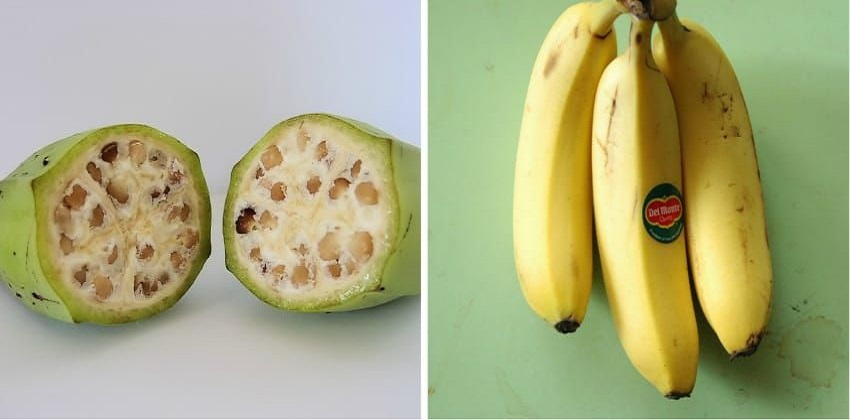
Banana’s ancestors date back as far as 10,000 to 6,500 BP as researches found numerous phytoliths of bananas at the Kuk Swamp archaeological site. But before banana was what it is today, a creamy, sweet fruit (well, technically a berry), it went through a lot of changes through selective breeding. One of the biggest differences in the wild variety of the fruit is large seeds that take up most of the fruit.
The fruit that we now call banana has one of the most tumultuous histories ever. The mass production of bananas started only in 1834 when the fruit was moved to the Caribbean. However, at the beginning of the previous century the massively produced bananas were struck by a crisis, a fungus infection that started wiping out entire plantations.
Eggplant

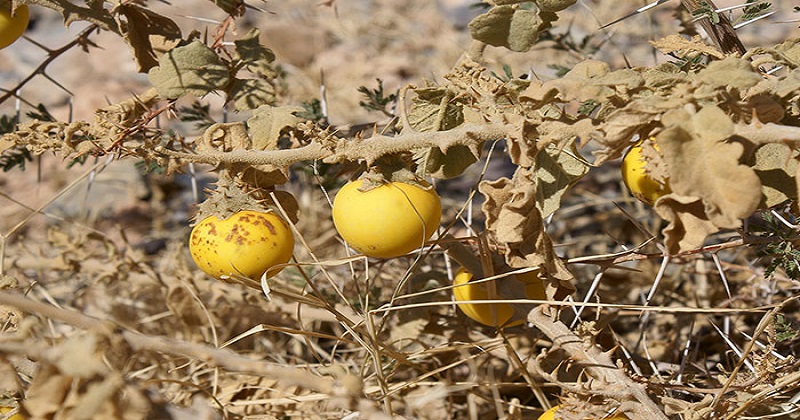
Throughout history, eggplants had a variety of shapes and sizes before appearing on our dinner tables as round, fleshy vegetables. Some of the earliest versions of eggplant were recorded in ancient China. The first generations of plants used to have spines on the place where the plant’s stem connects to the flowers, which quite an extreme look, when you think of it. The modern-day eggplant is big, long and meaty (haha!). With the limited number of seeds and plenty of flesh, the eggplant shows just how wonderful selective breeding can be!
Carrot

The earliest known carrots were grown in the 10th century in Persia and Asia Minor. These were thought to originally be purple or white with a thin, forked root – like those shown here – but they lost their purple pigment and became a yellow colour.The original carrots domesticated in Central Asia ca. 900 CE were purple and yellow and writings in classical Greek and Roman times have references to edible white roots, however it is unknown if they were parsnips, carrots or both. The grandpa-carrot had a long long long way to go before it turned into an orange, non-forked stick.
Farmers domesticated these thin, white roots, which had a strong flavor and biennial flower, into these large, tasty orange roots that are an annual winter crop.
Watch a video from Project Nightfall ;
Corn
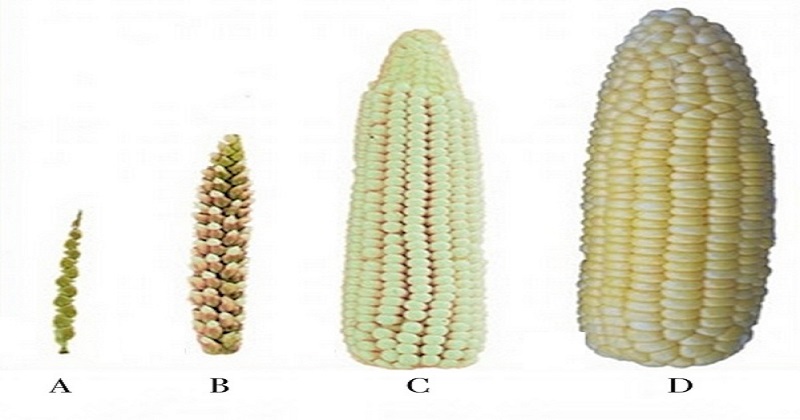
Grandpa-corn is perhaps the best example of just how far you can with years and years of selective breeding. The teosinte domesticated in 7,000 BC tasted like very dry raw potato, was barely larger than 19mm and only had 8 known varieties. It was local to only central America and had very hard kernels.
Today, corn is 1,000 times larger than it was 9,000 years ago and much easier to peel and grow. Also, 6.6 percent of it is made up of sugar, compared with just 1.9 percent in natural corn, according to Kennedy. About half of these changes occurred since the 15th century, when European settlers started cultivating the crop.
Peach
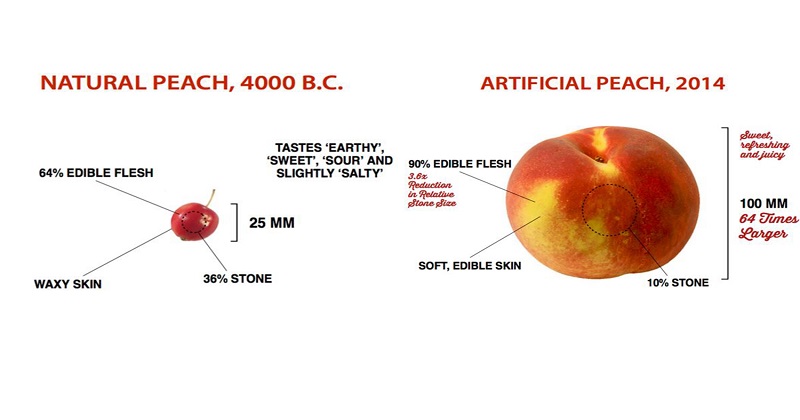

Peach, on the other hand, is one of those fruits that doesn’t seem to have changed much since its wild form. According to historical findings, the first peaches were cultivated back in 6,000BC in Zhejiang Province of China. Proper domesticated peaches first appeared in Japan, roughly 1,200 years later. They were already similar the modern cultivated forms with larger and more compressed stones.The peaches we eat today are actually a species cultivated in Persia (modern-day Iran) that was transported to Europe.
Cabbage

The history of the domesticated plant is unknown before Greek and Roman times, but scholars of that age have left plenty of records to confirm that it was a well-established garden vegetable back then. You can still spot the wild cabbage growing near limestone sea cliffs as it has high tolerance for salt and lime.
Compared to its ancestor, the modern-day cabbage is much fleshier and fuller, providing a much bigger amount of food from a single plant. The modern cabbage stems from Brassica oleracea Capitata group.
Tomatoes

the tomatoes we have today are drastically different from the ones they used to be before humans domesticated them. Wild tomatoes are more reminiscent of berries rather than fruit as they are extremely small in size. The species of wild tomatoes known as Solanum pimpinellifolium, or more commonly speaking the currant tomato, still exist to this day in Ecuador and Peru and are also naturalized in other places around the globe.
The tomatoes we eat today are comparatively bigger than the wild ones. Stores generally offer a variety of tomatoes, ranging from cherry and plum tomato to the Giant Heirloom tomato that’s a bit larger than a human fist. Thought all of them can be eaten raw or as part of a salad, some are specifically bread for sauces .

Post Your Comments